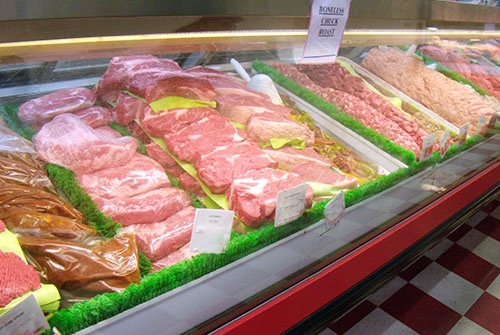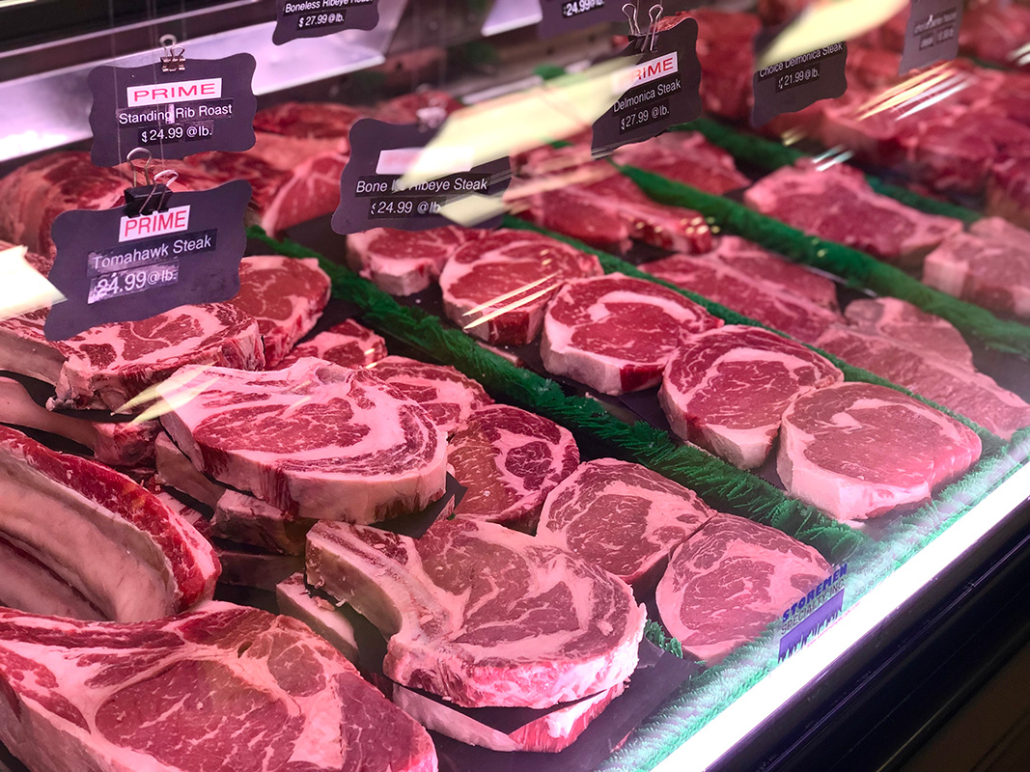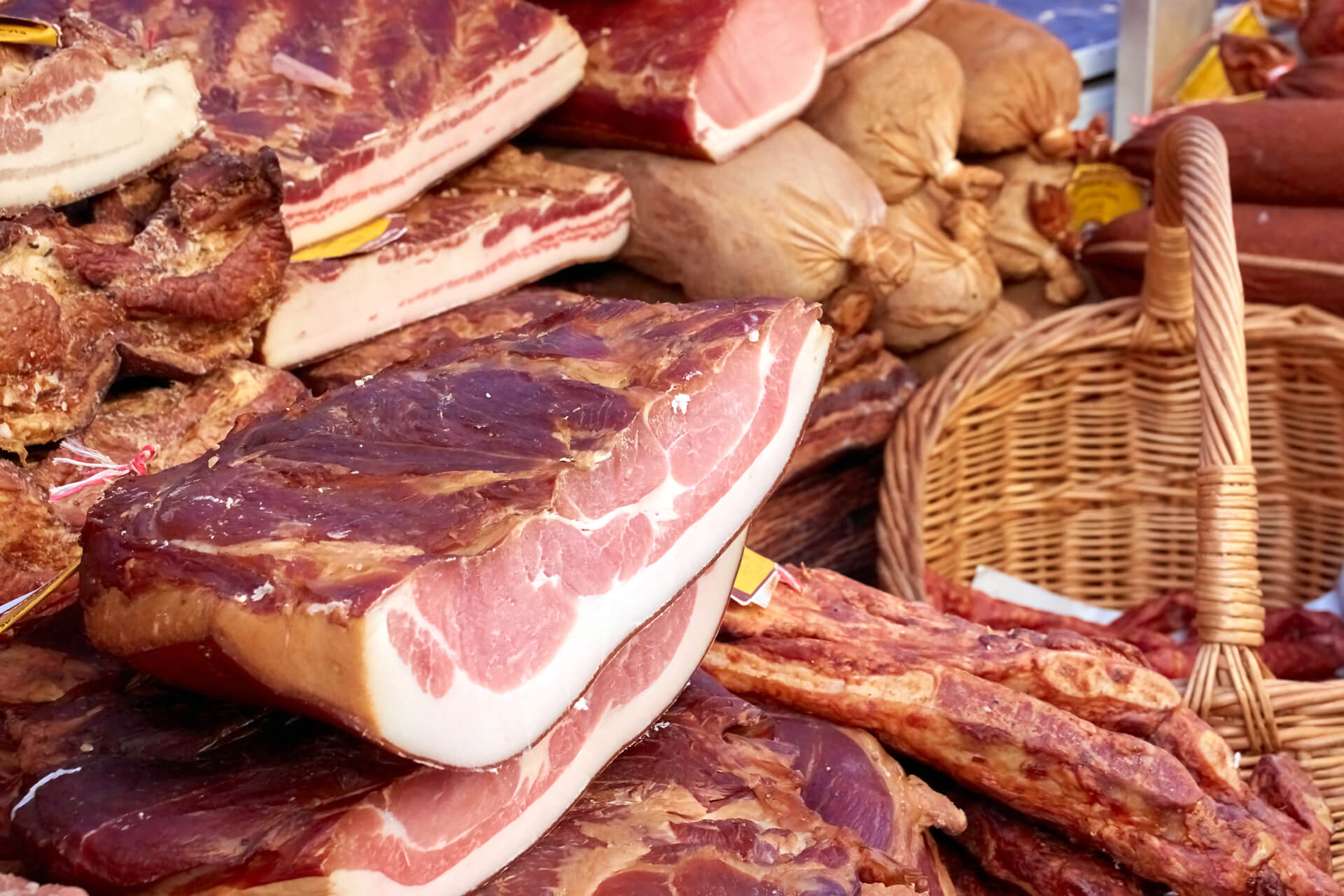Discover the Art of the Butcher's Cut in a Modern Meat Market
In the ever-evolving landscape of modern-day meat markets, the butcher's cut has actually transcended its traditional origins, merging olden craftsmanship with modern practices. What genuinely sets the modern butcher apart is their ability to create a much deeper connection in between consumers and the origins of their meat.
Evolution of Butchery Strategies

The mid-20th century saw butchery methods even more refined by clinical understandings into muscle mass biology and meat aging, enhancing both inflammation and preference. Advancements like vacuum packaging and refrigeration expanded item shelf-life, allowing butchers to diversify offerings and boost high quality control. This period also noted the increase of specialized tools, such as band saws and meat slicers, which boosted precision and performance in meat processing.
Digital systems now assist in monitoring animal provenance and enhancing cuts to fulfill particular consumer preferences. Additionally, a renewal in artisanal butchery has actually emerged, mixing traditional skills with modern-day knowledge to cater to customers seeking honest and lasting meat options.

Comprehending Meat Cuts

Comprehending the intricacies of meat cuts is essential for both butchers and customers seeking top quality and value. For butchers, specific cuts show skill and regard for the craft, ensuring marginal waste and optimal return.
The main groups of meat cuts include primitive, sub-primal, and retail cuts. Primitive cuts, such as the loin, rib, and chuck, are the big sections at first divided from the carcass. Butchers then damage these down even more right into sub-primal cuts, prior to lastly generating retail cuts readily available to consumers, like ribeye or tenderloin. Each stage calls for careful focus to physiological framework and muscle mass structure.
Understanding muscle mass make-up is vital; muscular tissues used extra frequently by the pet have a tendency to be harder and are best fit for sluggish food preparation techniques, while less-used muscle mass, like those found in the loin, are a lot more tender and perfect for cooking or roasting. Familiarity with these differences empowers customers to make enlightened selections, improving their culinary ventures.
Selecting Quality Meat
Picking the ideal meat entails greater than simply choosing a visually enticing piece from the display screen. The art of picking top quality meat calls for a critical eye and understanding of particular characteristics that represent quality and quality. Pay interest to the color; beef should have an intense, cherry-red tone, while lamb must exhibit a soft pink tone, and pork a light pink. This shows the meat is fresh and hasn't been subjected to oxygen for as well long.
Second of all, take into consideration the marbling, which refers to the white streaks of fat within the muscle. Correct marbling is a vital sign of inflammation and flavor, as it thaws throughout cooking, improving the meat's juiciness. Remember, greater marbling frequently associates with premium top quality cuts, such as USDA Prime.
Texture is an additional essential element; meat needs to feel strong to the touch, not slimy or excessively soft. In addition, bear in mind the aroma. Fresh meat ought to have a tidy, neutral odor, devoid of any type of sour or repulsive smells.
Matching Cuts With Food Preparation Methods
Effectively coupling cuts of meat with the suitable food preparation methods is vital for attaining optimal flavor and structure. Various cuts vary in tenderness, marbling, and connective tissue web content, each needing certain strategies to unlock their potential. Tender cuts like filet mignon and ribeye, with their integral marbling, benefit from high-heat, quick-cooking methods such as barbecuing or pan-searing. These techniques improve the meat's all-natural tastes and make sure a juicy coating.
On the other hand, tougher cuts like brisket and chuck roast are rich in collagen, which breaks down into gelatin when prepared slowly. These cuts are suitable for braising or sluggish roasting, enabling the meat to tenderize in time and establish deep, complex flavors. Similarly, cuts such as explanation brief ribs and pork shoulder get on well with slow-cooking techniques, where prolonged cooking times transform their durable appearances right into succulent dishes.
Lamb shanks and oxtail, which require long term food preparation to tenderize, are perfect prospects for stewing or slow simmering. These approaches coax out abundant, hearty flavors while keeping wetness. By understanding the unique features of each cut, chefs and home cooks alike can boost their cooking creations, ensuring each recipe is both satisfying and remarkable.
The Butcher's Duty Today
Navigating the evolving landscape of the modern-day meat market, the butcher's role today expands beyond plain preparation of cuts. Contemporary butchers are cooking artisans, educators, and supporters for sustainable techniques. They connect the void between the ranch and the fork by guaranteeing moral sourcing, comprehending pet husbandry, and focusing on transparency in the you could try here supply chain. This change mirrors the growing customer demand for top quality over amount, where provenance and see page animal well-being are critical.
In addition to crafting exact cuts, butchers now engage straight with consumers, providing cooking suggestions and customizing selections to fit specific needs and preferences. Their knowledge in meat aging, marbling, and taste accounts empowers consumers to make educated choices, enhancing their cooking experiences. This personalized service exemplifies the butcher's advancing role as a trusted advisor in the kitchen area.
Additionally, butchers are crucial in lessening waste, utilizing entire pets to create diverse products such as sausages and stocks - bagley farms meat market edwardsville il. This extensive technique not just values the pet yet also aligns with contemporary sustainability goals. This way, the contemporary butcher personifies both tradition and innovation, adapting to an ever-changing market while preserving the artistry and integrity of their craft

Verdict
Mastery in recognizing varied meat cuts and top quality indicators equips butchers to supply informed suggestions, straightening specific cuts with ideal food preparation approaches. By honoring historical methods while welcoming contemporary needs, the butcher's function stays crucial in today's sophisticated meat market.